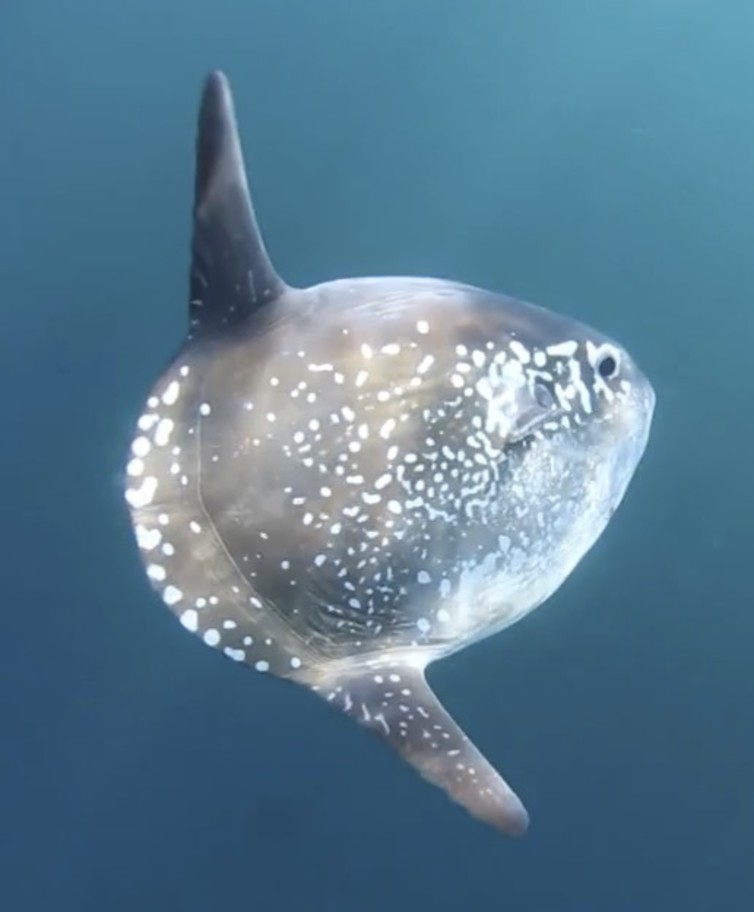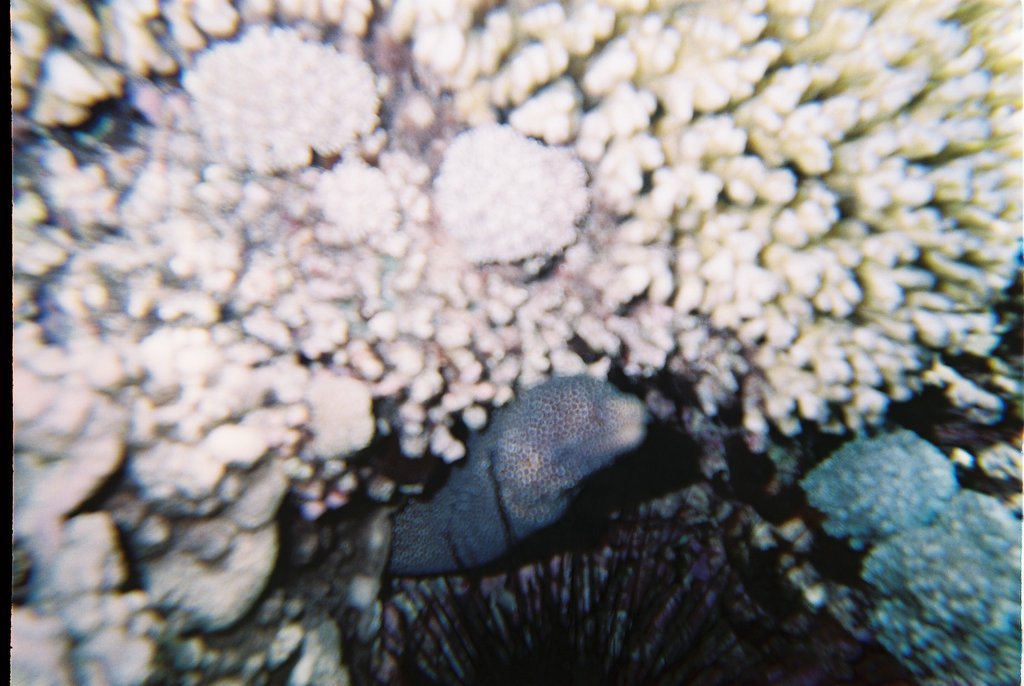The ocean sunfish is one of the largest bony fish in the sea and an animal which few divers will ever have the fortune of seeing underwater. Little is known about this deep diving species aside from opportunistic sightings at the surface.
You would think for an animal that can grow over 3m long (9 feet) and 4m (12 feet) tall, tipping the scales at over 2000kg or (4400 lbs) we would know more about this giant. But until now it was thought only two species existed within the genus Mola: the famous Mola mola, and the lesser known Mola ramsayi.
It turns out there was a third species hiding in plain sight all along, Mola tecta. In a study published yesterday in the Oxford Zoological Journal scientist Marianne Marianne Nyegaard from the Sunfish Research Group, proposed the first addition to the genus Mola in 125 years.
But this discovery didn’t happen over night. Nyegaard and her colleagues search for the new species took more than four years. They named the new species the Hoodwinker sunfish (scientific name: Mola tecta, from the Latin tectus, meaning disguised or hidden).

Mola are notoriously difficult to study because of their life history (deep diving solitary species) and because of their size. When caught by fishermen they are often left in the ocean because they are too heavy to haul into the boat. Often all that is left for a scientist to research are a few skin samples.
Nyegaards and her colleagues had already run genetic sequencing on collected skin samples which pointed to a third unknown species, but without seeing the full animal it was difficult to tell what they were looking for. It was in 2014 when Nyegaard caught a break and four sunfish washed ashore on a New Zealand beach, at Birdling’s Flat, south of Christchurch.
To confirm the status of the new species, it took Nyegaard and colleagues from the Museum of New Zealand Te Papa Tongarewa, the University of Otago, Hiroshima University and the University of Tokyo collecting a total of 27 complete specimens, and a scholarly review that included consulting publications from as far back as the 16th century, “some of which,” Nyegaard says, “also included descriptions of mermen and fantastical sea monsters”.
Mola tecta can be distinguished from its two sister species, Mola mola and Mola ramsayi, by a sleeker, more slender body shape in adulthood. It does not develop a protruding snout, or the lumps and bumps, or other sunfish. Its clavus – the back part of its body, where other bony fish have a tail and caudal fin – is distinctive by being divided by a little back-fold of what is called the “smooth band”. There are other differences, Nyegaard says, but those features would only be notable to “sunfish nerds”.



